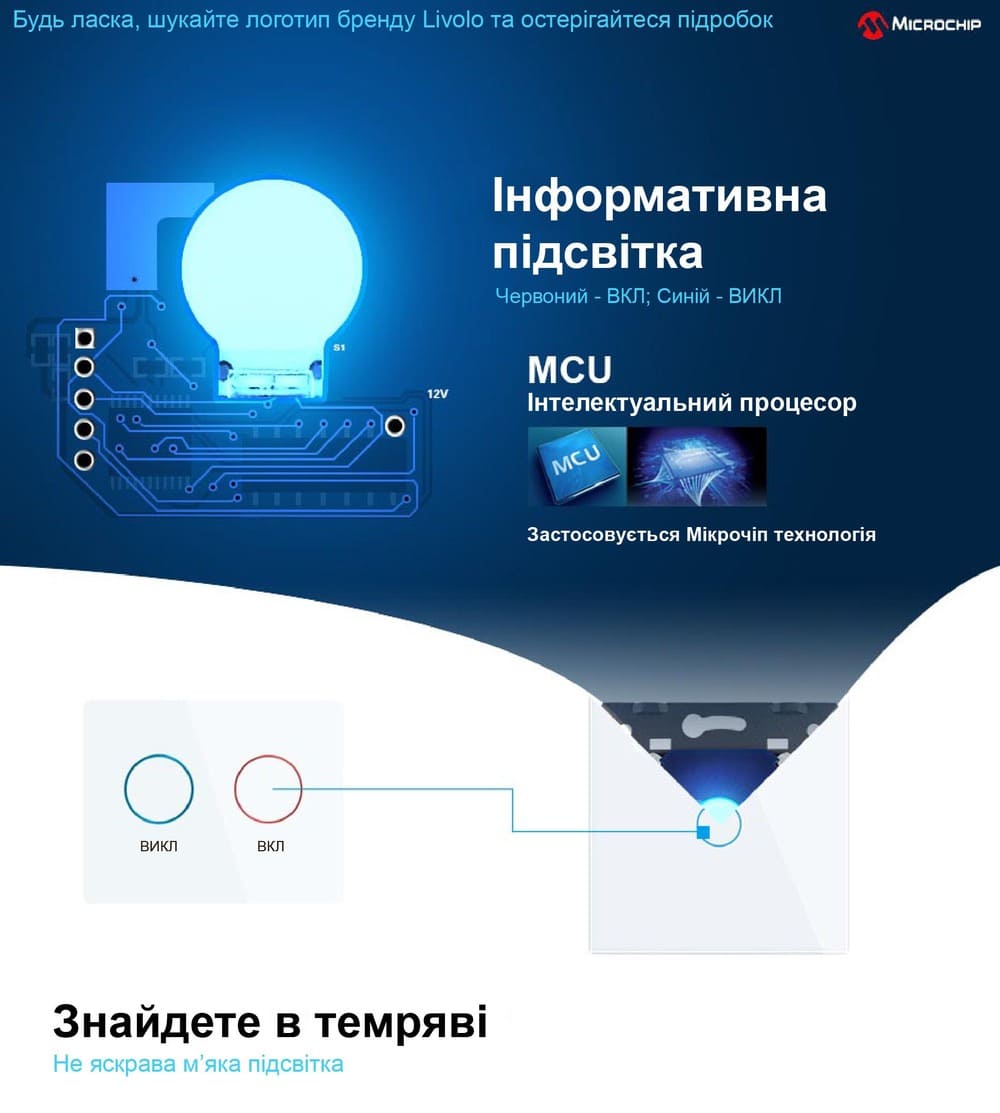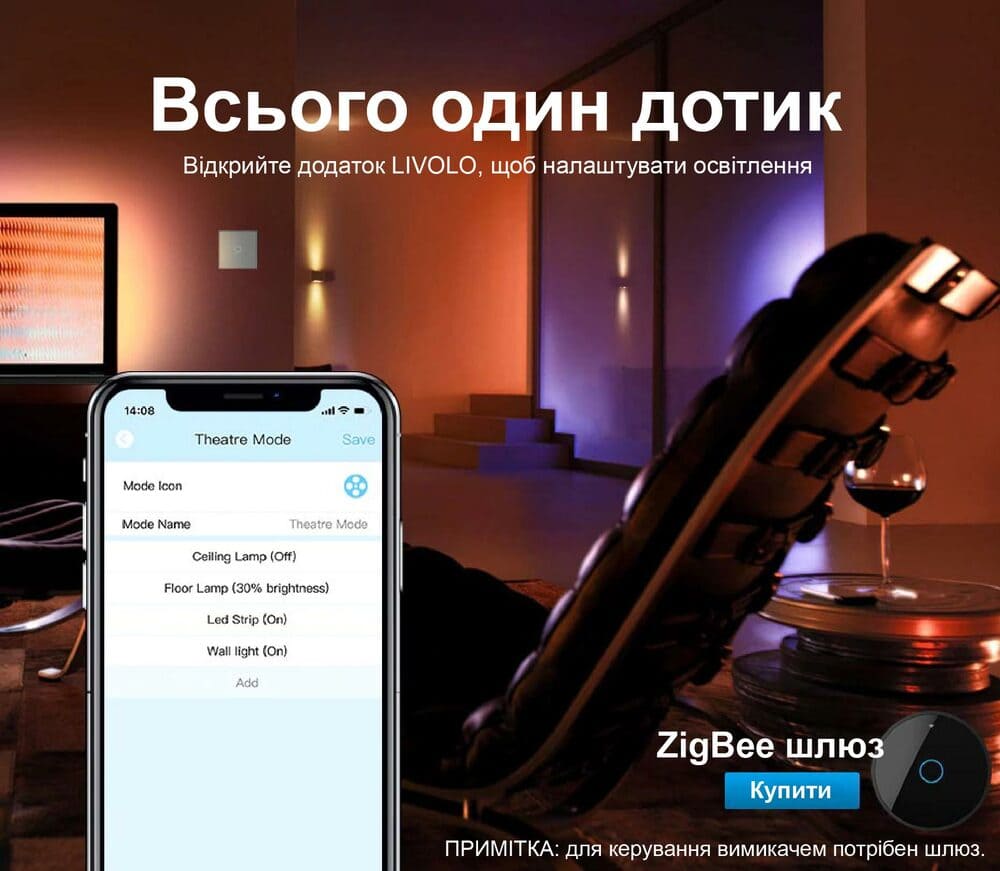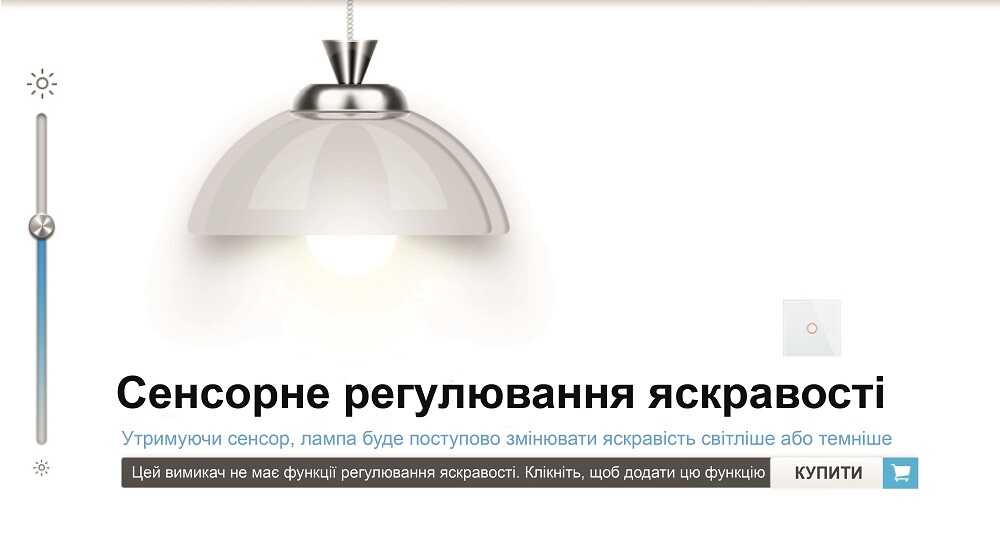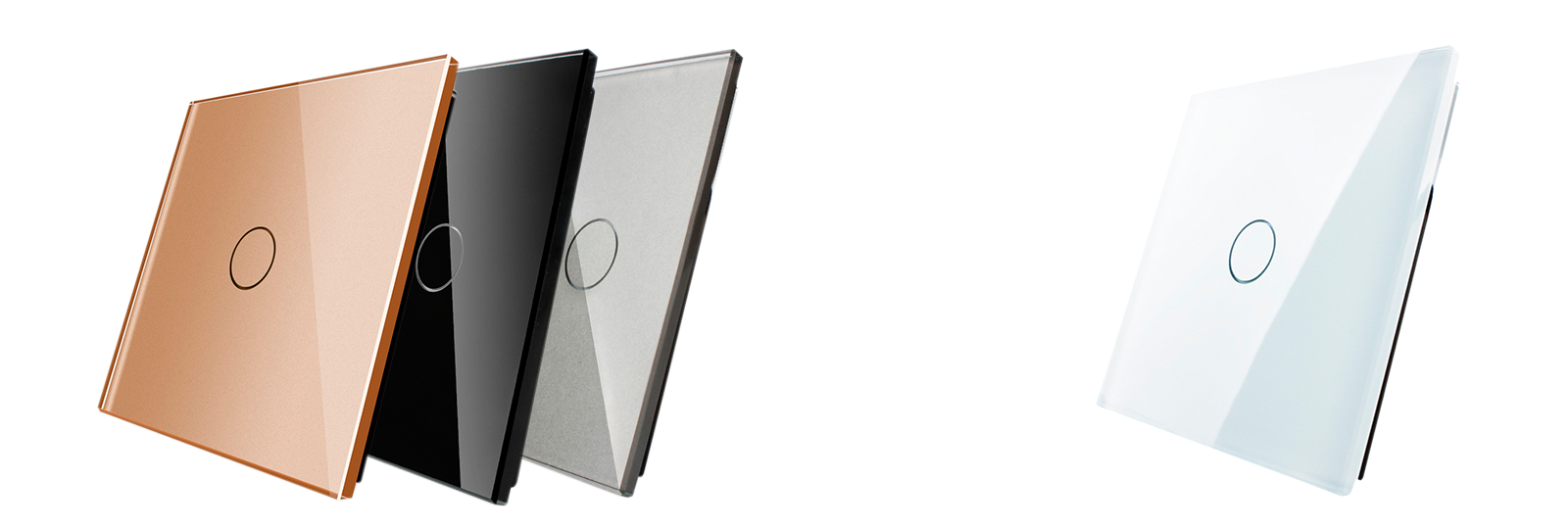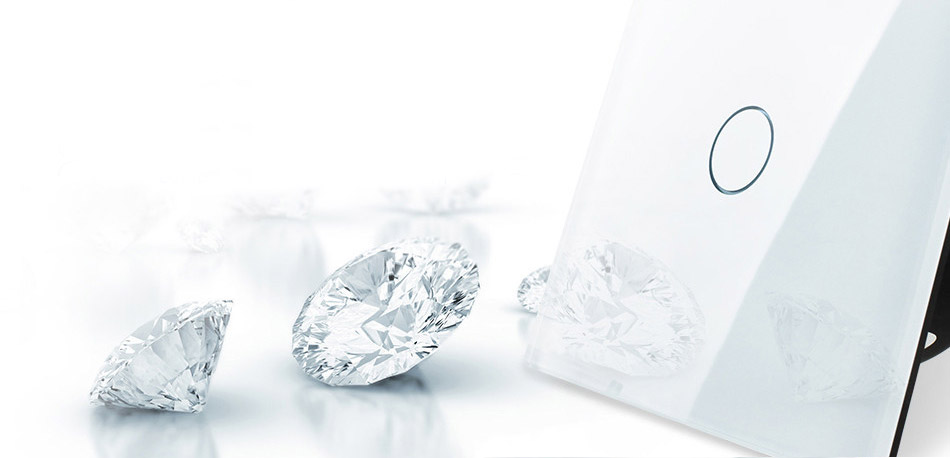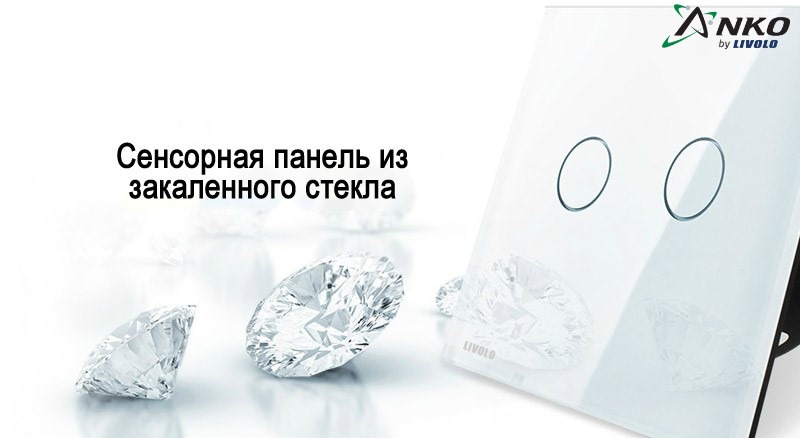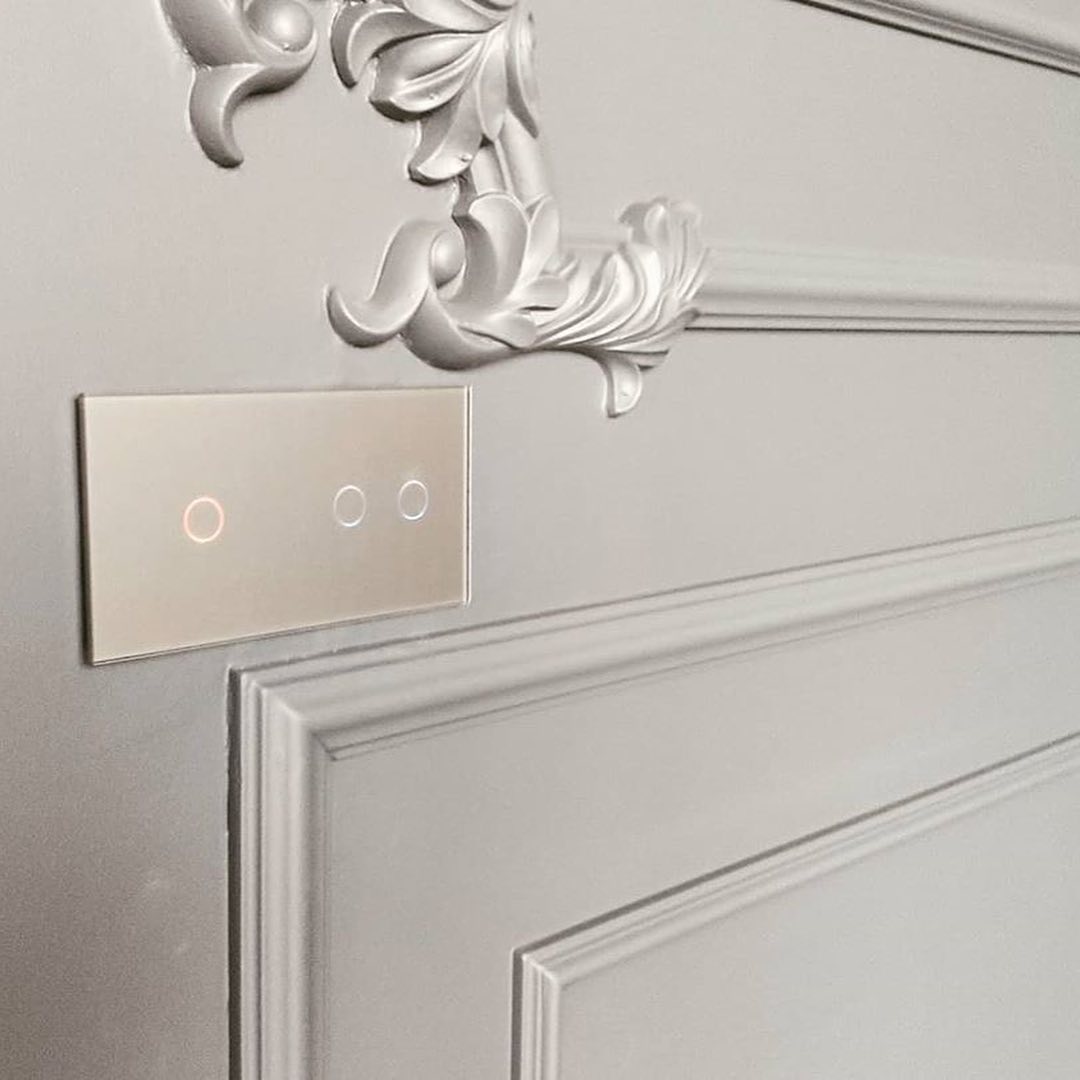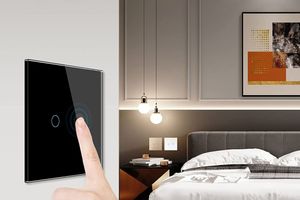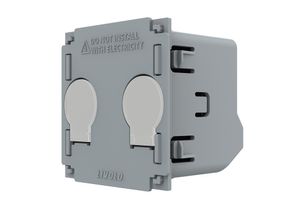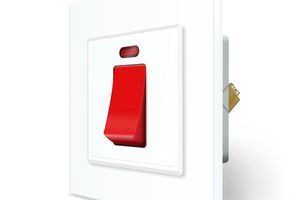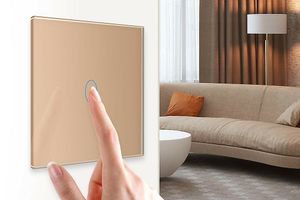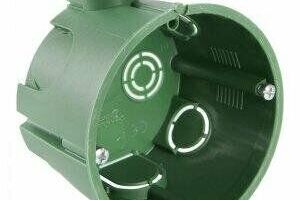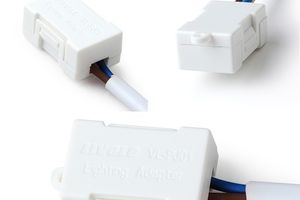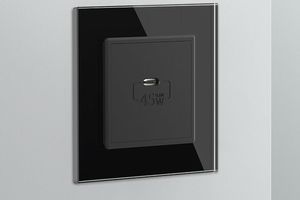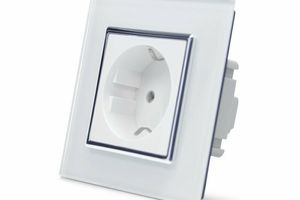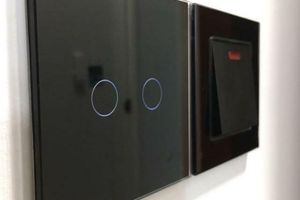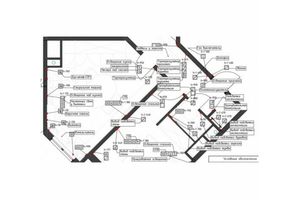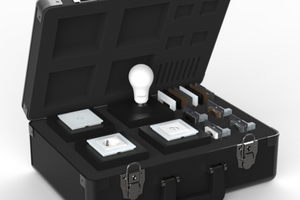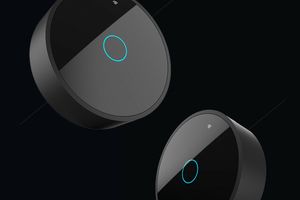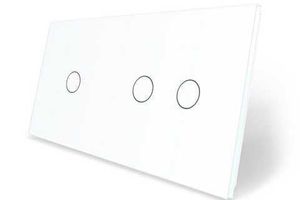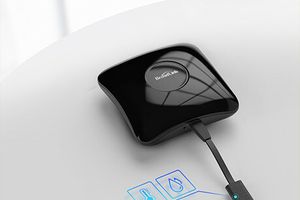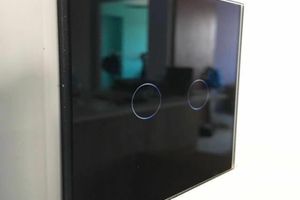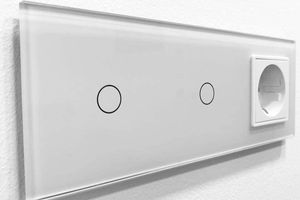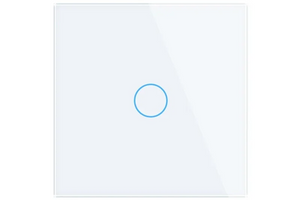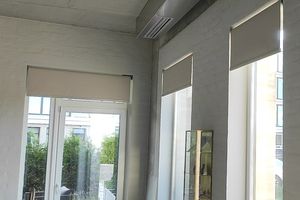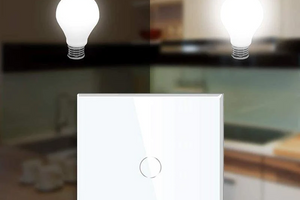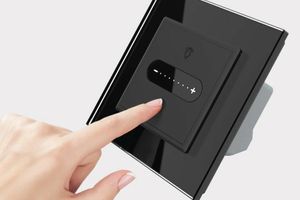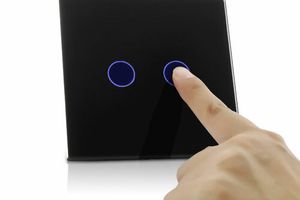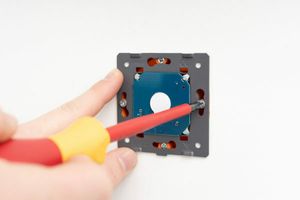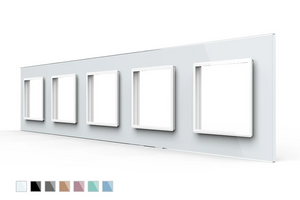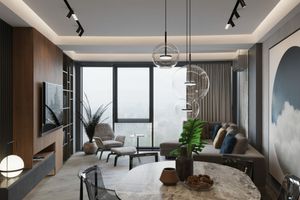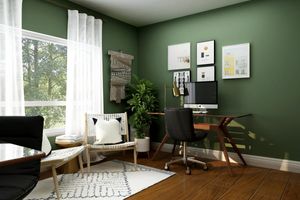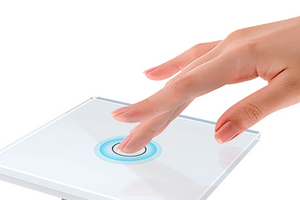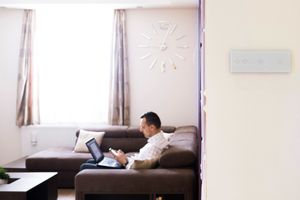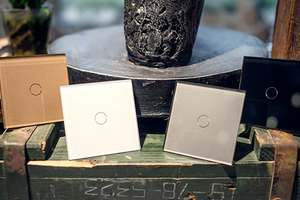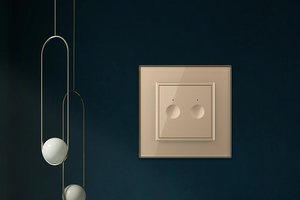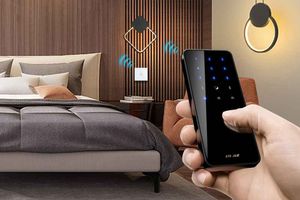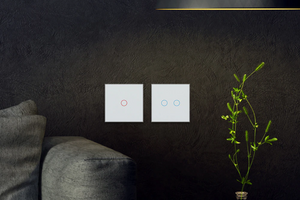When choosing a light switch for home lighting, you need to understand that it belongs to those items that you will use every day a large number of times. Even the smallest inconvenience, when using the switch, significantly affects the state of comfort and mood in the house.
One of the latest technological developments of modern light switches is Livolo touch light switch. The switch allows you to look at everyday things in a new way: not only to bring the desired comfort to your home, but also to draw attention to yourself as a stylish feature of the interior. Livolo touch light switches have a wide variety of external decorative front panels, thanks to which it is possible to assemble different options of complete sets, to create interiors in the most different styles. Livolo touch switches have several varieties.
Ball Livolo touch light switches have an illuminated touch zone. The backlit switch makes it easy to find in a dark room. When the switch is off, the contour of the sensor zone lights up in blue, when it is on, it lights up in red. Such illumination is very convenient, first of all, in a dark room you can always easily find the switch. Secondly, if the switch is installed outside the room, the red backlight will give you the opportunity to know whether the light is on in the room.
By functionality Touch light switch are divided into:
By the number of touch zones (keys), they are divided into:
- one-line (one-key) switch;
- two-line switch (two-key);
- three-line switch (three-key);
- four-line switch (four-key);
- six-line (six-key) switch.
We will tell you more about each type of switches
Switches with remote control
Switches with remote control provide the ability to control the lighting at a distance of up to 30 meters, as well as by touching the sensor zone on the switch itself. Remote light control is carried out using a radio remote control from any room in the house or apartment. You can even turn off the light in the kitchen without getting up from the sofa in the hall, if you want.
Dimmer (light regulator)
A dimmer is also used to control lighting today. Sometimes they are called a light regulator or a lighting regulator. The sensor dimmer combines the functions of a light switch and a lighting brightness regulator. It allows you to smoothly adjust the brightness of the light from dazzling brightness to muted intimate lighting. The external face panel of the switch with dimmer function has a touch zone with illumination. Lighting control is carried out in two ways: using the remote control or by lightly touching the sensor zone. The Livolo touch dimmer is suitable for working with all types of smoke lamps. A pleasant moment - the light regulator also allows you to reduce electricity consumption and due to smooth switching on and off - to increase the service life of the lamp.
Pass-through switch
The pass-through sensor switch allows you to turn on and off the same lamp from different places. Due to this property, the pass-through switch is often called a backup switch. Externally, the pass-through touch switch does not differ from a regular touch light switch. The difference is only in the internal filling and functionality. Usually, a pass-through switch is recommended in corridors, on stairs, in bedrooms so that a person has the opportunity to turn on the light at the beginning of the path, and turn it off at the end of the path without returning to the starting point.
One-line (one-key) switch
The single-line switch allows you to control one group of lighting devices.
Two-line switch (two-key)
The two-line switch has two touch zones (keys). The two-key switch is widely used for multi-lamp lamps or chandeliers, as well as when using several light groups. For example, in a five-lamp chandelier, one key (sensor) includes two bulbs, and the second - three. Likewise, the two-key switch is used for separate bathrooms (the first key turns on the light in the bathroom, the second - in the toilet) or for rooms that are next to each other.
Three-line switch (three-key) and more
The three-key and four-key switch have greater capabilities than the two-key switch. They are used to control several groups of lamps or multi-lamp chandeliers. Such switches allow you to combine different lighting options. Switches allow you to control the level of lighting. Provide lighting control from one place.




















































